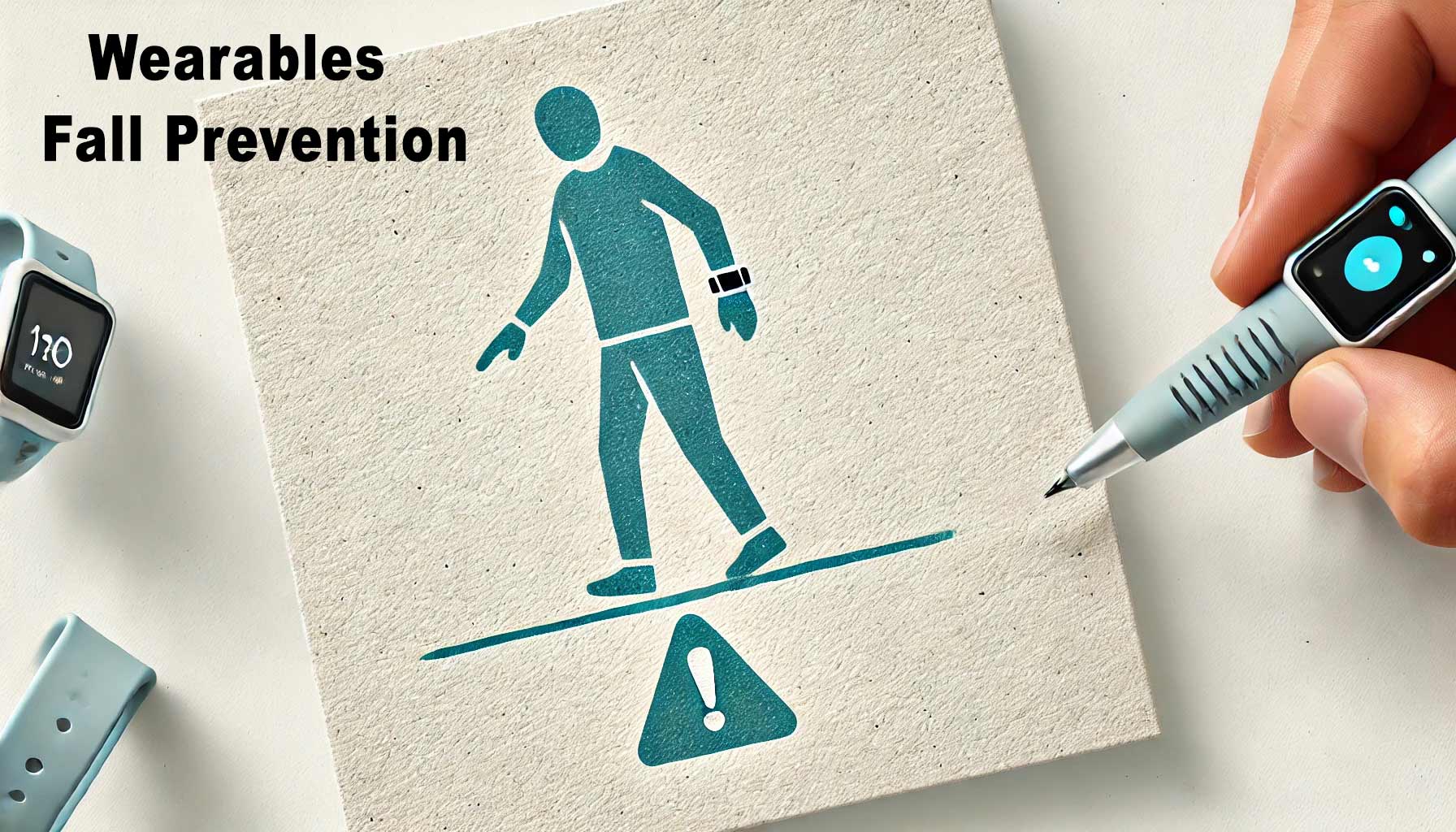Wearables for Fall Prevention in Older Adults
Falls remain a top cause of injury for older adults, often leading to fractures, hospitalizations, and a loss of independence. With an aging population, effective fall prevention strategies are more crucial than ever. Traditional methods like environmental adjustments and exercise programs have their merits, yet they often rely on self-reported data and periodic assessments.
Wearable technology, however, offers continuous, real-time monitoring and personalized interventions, making fall prevention more proactive and precise. This article examines how wearables are reshaping fall prevention by enhancing personalization, effectiveness, and timely interventions.
1. The Challenge of Fall Prevention in the Elderly
Falls among the elderly are a major public health concern, leading to significant physical, psychological, and financial consequences. Understanding the scope of the problem and the limitations of traditional approaches is crucial for appreciating the impact of wearable technology.
Scope of the Problem:
- Prevalence: Falls are the leading cause of injury among older adults, with one in four people aged 65 and older experiencing a fall each year.
- Consequences: Falls can lead to severe outcomes, including hip fractures, head injuries, and a fear of falling again, which often results in reduced physical activity and social isolation.
- Healthcare Costs: Falls among the elderly contribute to substantial healthcare costs, including emergency room visits, surgeries, and long-term care needs.
Limitations of Traditional Fall Prevention Methods:
- Periodic Assessments: Traditional assessments of fall risk are often conducted during infrequent clinical visits, making it difficult to capture changes in risk factors over time.
- Self-Reported Data: Relying on individuals to accurately report their own fall risks or past falls can lead to underreporting or inaccuracies, particularly in those with cognitive impairments.
- Limited Intervention Scope: Conventional strategies, such as balance training and home modifications, are valuable but may not address the complex, dynamic nature of fall risk in everyday life.
Wearable technology addresses these challenges by providing continuous, objective data that can be used to monitor fall risk in real time, enabling timely and tailored interventions.
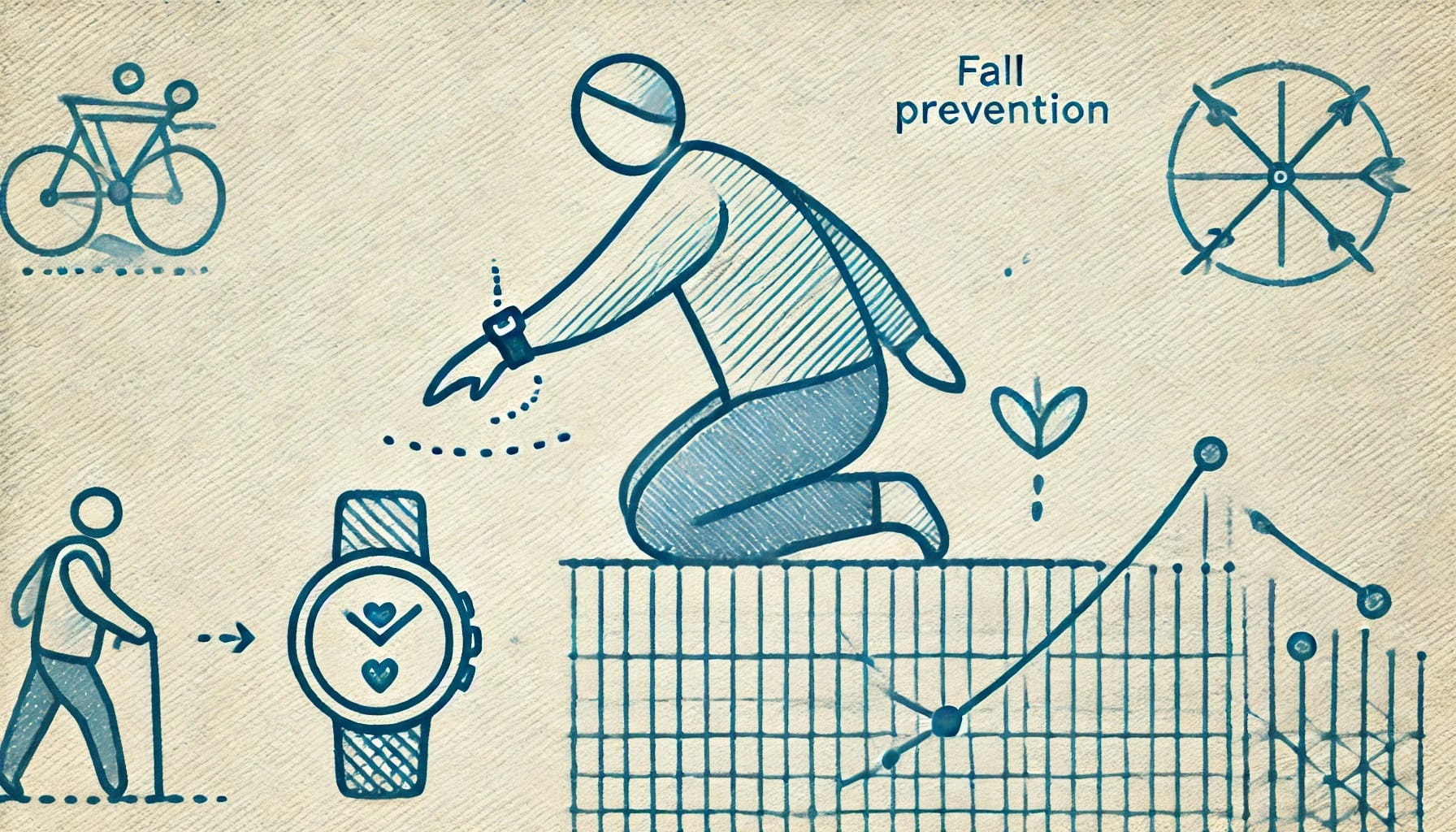
2. Wearable Technology: A New Era in Fall Prevention
Wearable technology has ushered in a new era of fall prevention, offering tools that extend beyond traditional approaches by leveraging sensors and AI to deliver real-time insights and interventions.
What is Wearable Technology?
- Definition: Wearable technology refers to electronic devices that are worn on the body to track health metrics, physical activity, and other physiological data. Common examples include smartwatches, fitness trackers, and specialized medical devices.
- Examples of Wearables in Fall Prevention:
- Accelerometers and Gyroscopes: Measure movement and orientation to detect changes in gait, balance, and posture.
- Smart Insoles and Shoes: Track pressure distribution and foot dynamics to identify balance issues.
- Chest-Worn Devices: Monitor upper body movements and can capture indicators of instability, such as sudden tilts or changes in posture.
How Wearables Work:
- Sensors Detect Movement and Gait Abnormalities: Wearable devices equipped with sensors continuously collect data on movement patterns, providing insights into gait speed, stride length, balance, and other factors related to fall risk.
- AI Processes Data to Provide Actionable Insights: Advanced algorithms analyze the collected data to detect patterns and predict potential falls. These insights can trigger real-time alerts or suggest preventive measures tailored to the individual’s needs.
Key Features of Wearable Devices for Fall Prevention:
- Continuous Monitoring: Unlike periodic assessments, wearable devices offer 24/7 monitoring, capturing fluctuations in movement and balance that occur throughout the day. This continuous data stream provides a comprehensive view of an individual’s fall risk.
- Real-Time Alerts: Many wearables are equipped to send instant notifications to the user or designated caregivers if a high fall risk is detected. This immediate feedback allows for quick interventions, such as resting, using an assistive device, or adjusting one’s environment.
- Data-Driven Insights: Wearables generate detailed analytics that help identify trends, such as deteriorating balance or increased variability in gait. These insights can inform personalized interventions, such as specific exercises or changes in daily routines, to mitigate fall risk.
By providing real-time, personalized insights, wearable technology empowers individuals and caregivers to take proactive steps in fall prevention, enhancing safety and independence in daily life. This shift from reactive to proactive care represents a significant advancement in how fall risks are managed, offering hope for better outcomes in at-risk populations.
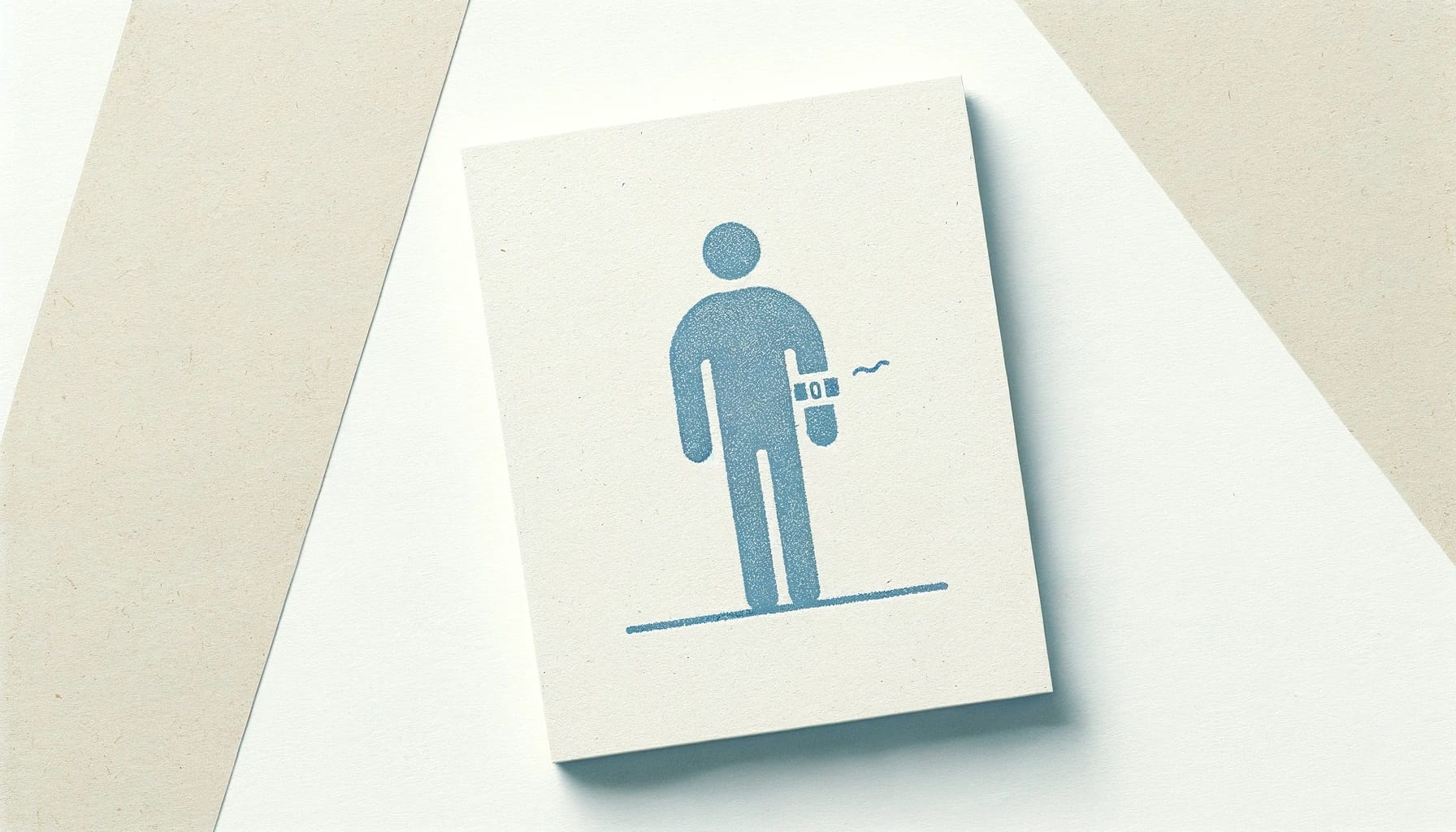
3. Key Features of Wearable Devices for Fall Prevention
Wearable devices are equipped with several features that make them particularly effective in preventing falls. By continuously monitoring movement patterns and providing real-time feedback, these devices offer a level of precision and personalization that traditional methods cannot match.
Continuous Monitoring:
- 24/7 Data Collection: Wearable sensors provide around-the-clock monitoring of movement, capturing data in a wide variety of conditions – from walking on uneven surfaces to navigating stairs or crowded spaces. This continuous stream of data allows for the detection of subtle changes in gait or balance that might indicate an increased fall risk.
- Context-Aware Monitoring: Modern wearables can differentiate between activities, such as walking, sitting, or transitioning from one posture to another. This context-aware monitoring helps in accurately assessing fall risk based on the specific activities that pose the greatest danger.
Real-Time Alerts:
- Immediate Notifications: When a wearable device detects an abnormal gait pattern or a sudden loss of balance, it can send immediate alerts to the user, caregivers, or healthcare providers. These notifications allow for quick interventions, such as guiding the individual to a safe position or calling for assistance.
- Customizable Alerts: Users can customize alert settings to suit their preferences and needs, such as adjusting sensitivity levels or defining specific thresholds that trigger alerts. This flexibility ensures that the alerts are both relevant and actionable.
Data-Driven Insights:
- Detailed Analytics: Wearables provide in-depth analytics on gait and movement patterns, including metrics like stride length, cadence, and balance. These insights can highlight trends over time, such as a gradual decline in stability or an increase in variability in walking speed.
- Personalized Recommendations: Based on the data collected, wearable devices can suggest personalized interventions, such as targeted exercises to improve strength and balance, modifications to the home environment, or changes in daily routines to reduce fall risk.
These features not only help in identifying fall risks but also empower individuals to take proactive steps in managing their health, enhancing their ability to maintain independence and avoid injuries.
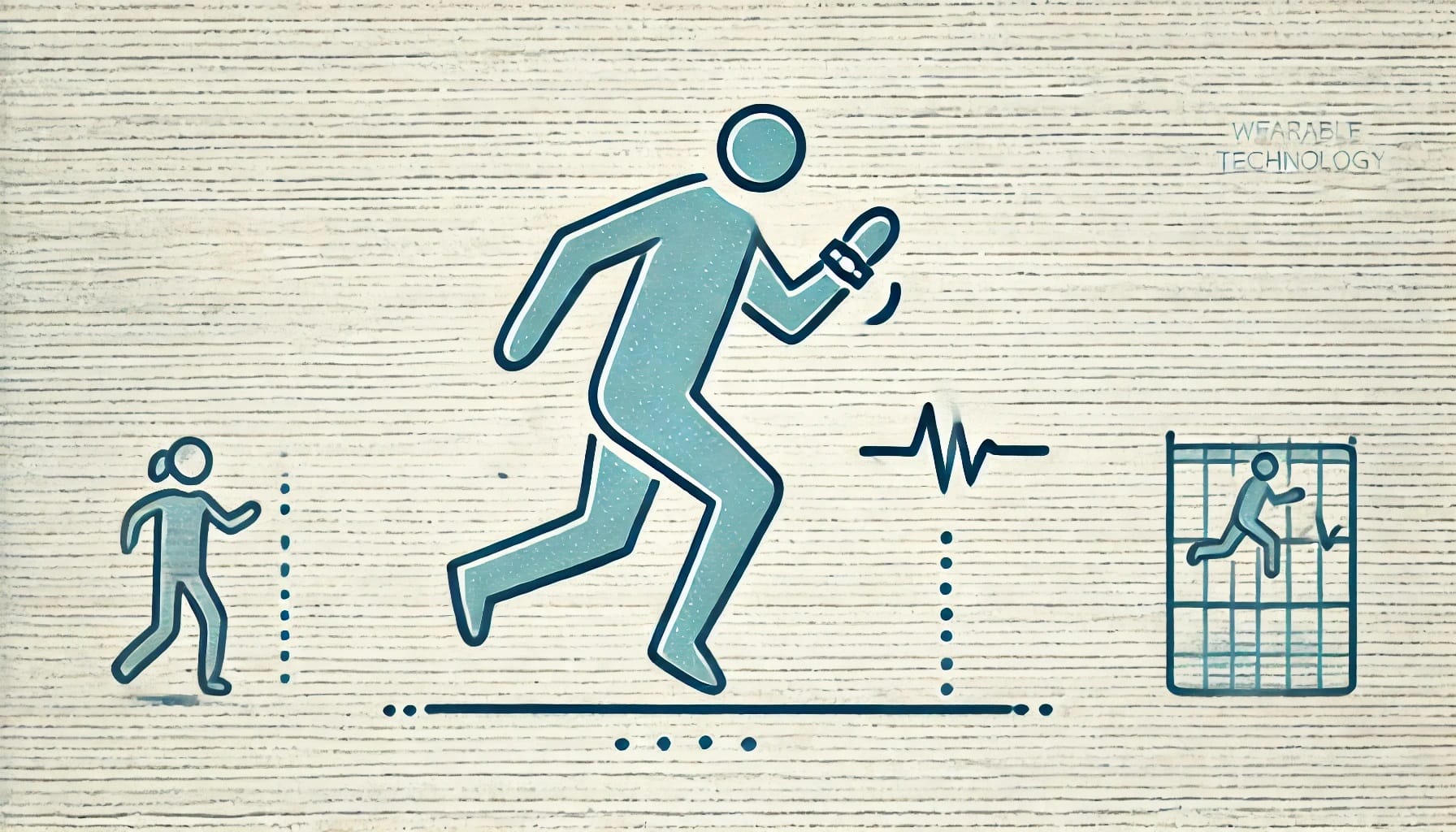
4. Types of Wearable Devices Used in Fall Prevention
A variety of wearable devices are available, each with unique capabilities that contribute to fall prevention efforts. Understanding the strengths and limitations of each type can help in selecting the most appropriate device for specific needs.
Accelerometers and Gyroscopes:
- Function: These sensors measure acceleration and rotational movement, respectively, providing a comprehensive picture of body dynamics. They are particularly effective in detecting changes in gait and balance.
- Example Devices: Fibion SENS, worn on the thigh or hip, captures detailed lower limb dynamics that are critical for assessing walking patterns and identifying fall risks. This type of placement allows for accurate tracking of stride length, cadence, and stance-to-swing ratios.
Smartwatches and Wrist-Worn Devices:
- Function: Common consumer wearables like smartwatches can track general activity levels, heart rate, and arm movements. They are useful for monitoring overall physical activity but may be less precise in detecting specific gait abnormalities due to their focus on upper body movements.
- Strengths and Limitations: While wrist-worn devices are convenient and widely used, they may not capture the detailed lower body dynamics necessary for comprehensive fall risk assessment.
Smart Insoles and Shoes:
- Function: These devices measure pressure distribution and foot dynamics, providing insights into balance and step stability. Smart insoles can detect uneven weight distribution, shuffling steps, or other irregularities that indicate an increased fall risk.
- Applications: Particularly useful for individuals with diabetes or neuropathy, where foot health and stability are closely linked to fall risk.
Chest-Worn Devices:
- Function: Devices like Fibion Vitals, worn on the chest, monitor upper body movements, respiration, and heart rate. They are effective in detecting falls that involve sudden tilts or shifts in the upper body, which are common in slips or trips.
- Strengths: Chest-worn sensors capture data on posture and upper body balance, making them ideal for individuals whose fall risk is closely linked to upper body instability.
By selecting the right type and placement of wearable devices, individuals can achieve a more accurate and comprehensive assessment of their fall risk, allowing for targeted and effective prevention strategies.
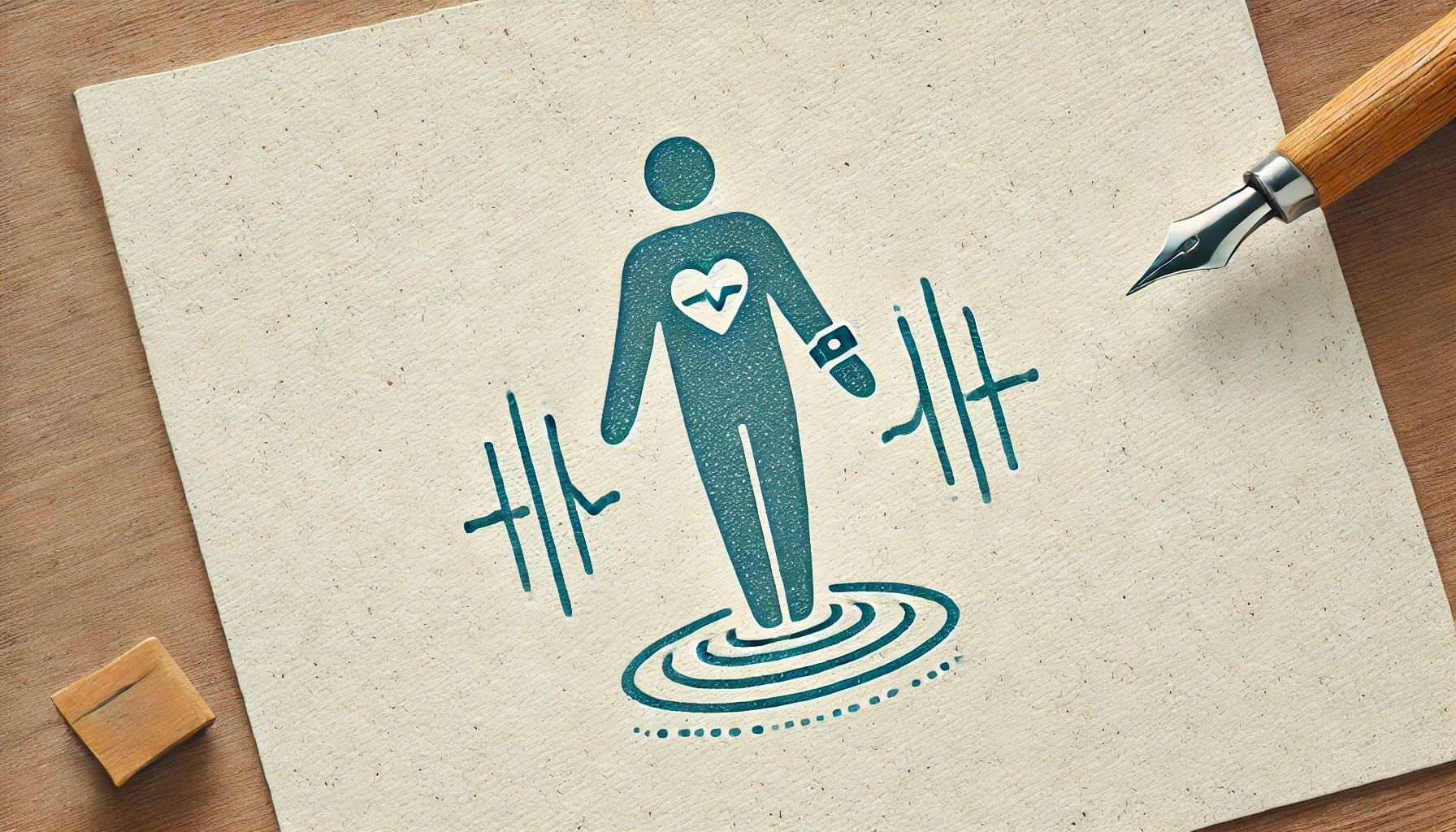
5. Benefits of Wearable Technology in Fall Prevention
Wearable technology offers a range of benefits that make it a valuable tool in the prevention of falls, particularly among older adults and other at-risk populations.
Personalized Fall Risk Assessment:
- Tailored Interventions: Wearable devices provide individualized data that can be used to develop tailored interventions, such as specific exercises to improve balance or adjustments to medication that may impact mobility. This personalized approach enhances the effectiveness of fall prevention efforts by addressing the unique needs of each user.
Enhanced Independence:
- Empowering Users: By providing continuous monitoring and real-time feedback, wearable devices enable individuals to take an active role in managing their fall risk. This empowerment helps to build confidence, reduce anxiety about falling, and promote greater independence in daily activities.
- Supporting Independent Living: For elderly individuals living alone, wearable technology offers an added layer of safety, allowing them to maintain their independence while being monitored for potential falls.
Proactive Interventions:
- Timely Response: The ability of wearable devices to detect fall risks in real-time allows for immediate interventions that can prevent falls before they happen. For example, a device might alert a user to sit down or stabilize themselves if it detects an imbalance.
- Dynamic Adjustments: As wearable technology continues to monitor and analyze movement data, it can adapt its recommendations to reflect changes in the user’s condition, ensuring that fall prevention strategies remain relevant and effective over time.
These benefits underscore the transformative impact of wearable technology on fall prevention, offering a proactive, personalized, and data-driven approach that significantly enhances safety and quality of life for at-risk individuals.
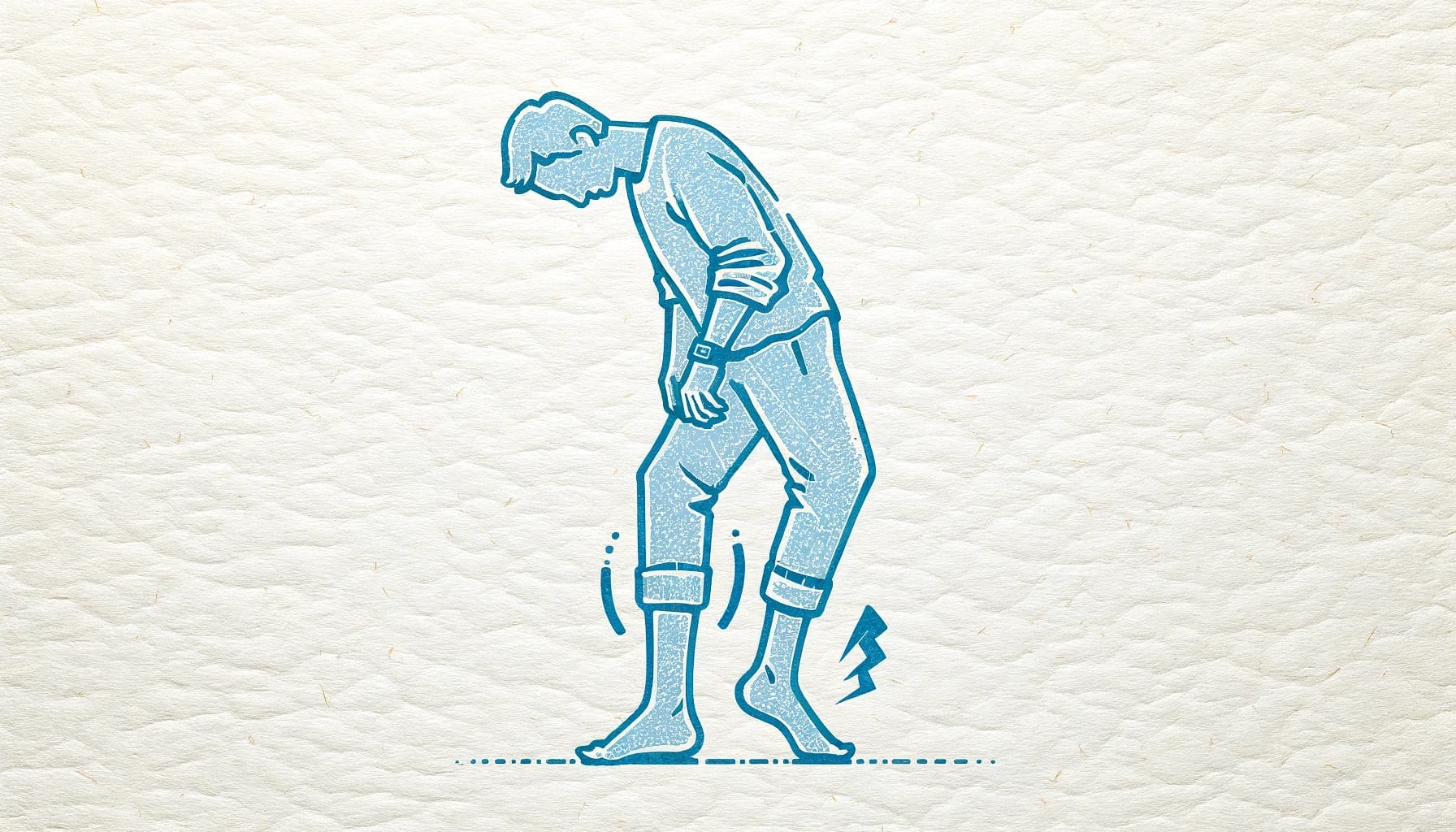
6. Applications of Wearable Technology in Different Settings
Wearable technology for fall prevention is versatile and can be effectively applied across various settings, from home environments to clinical and rehabilitation centers. This adaptability makes wearables a valuable tool for a broad range of users, including those who are independently living, residing in assisted living facilities, or receiving clinical care.
Home Use for Independent Living:
- Supporting Autonomy: Wearable devices enable older adults to live independently while still being closely monitored for fall risks. By providing real-time data on movement and balance, these devices offer a sense of security for both users and their families.
- Emergency Response Integration: Many wearables can be integrated with emergency response systems, automatically alerting caregivers or emergency services if a fall is detected. This feature is especially crucial for those living alone, where immediate help may be needed.
Assisted Living and Nursing Homes:
- Enhanced Resident Safety: In assisted living and nursing home settings, wearable technology can play a critical role in enhancing resident safety. Continuous monitoring allows staff to keep track of residents’ movement patterns and quickly respond to potential fall risks.
- Data-Driven Care Plans: By analyzing data from wearable devices, caregivers can develop personalized care plans that address the specific needs of each resident, such as adjusting activities to match their mobility levels or providing additional support during high-risk times.
Clinical and Rehabilitation Centers:
- Supporting Rehabilitation: In rehabilitation settings, wearables provide clinicians with real-time data on patient progress, allowing them to adjust therapy plans as needed. For example, gait analysis data can inform physical therapists about which exercises are most effective for improving balance and stability.
- Remote Patient Monitoring: For patients transitioning from hospital to home, wearables can facilitate remote monitoring, ensuring that fall prevention measures continue outside the clinical environment. This continuity of care helps to maintain the gains made during rehabilitation and reduces the likelihood of setbacks.
Research and Population Health:
- Gathering Population-Level Data: Wearable devices can also be used in research to gather large-scale data on fall risks across different populations. This data can inform public health initiatives aimed at reducing falls and improving mobility among at-risk groups, such as older adults and individuals with chronic conditions.
- Evaluating Interventions: Researchers can use wearables to evaluate the effectiveness of fall prevention interventions, such as exercise programs or environmental modifications, by comparing movement data before and after the intervention.
By applying wearable technology in these diverse settings, fall prevention efforts can be more precisely targeted and effective, ultimately reducing the incidence of falls and enhancing the quality of life for those at risk.
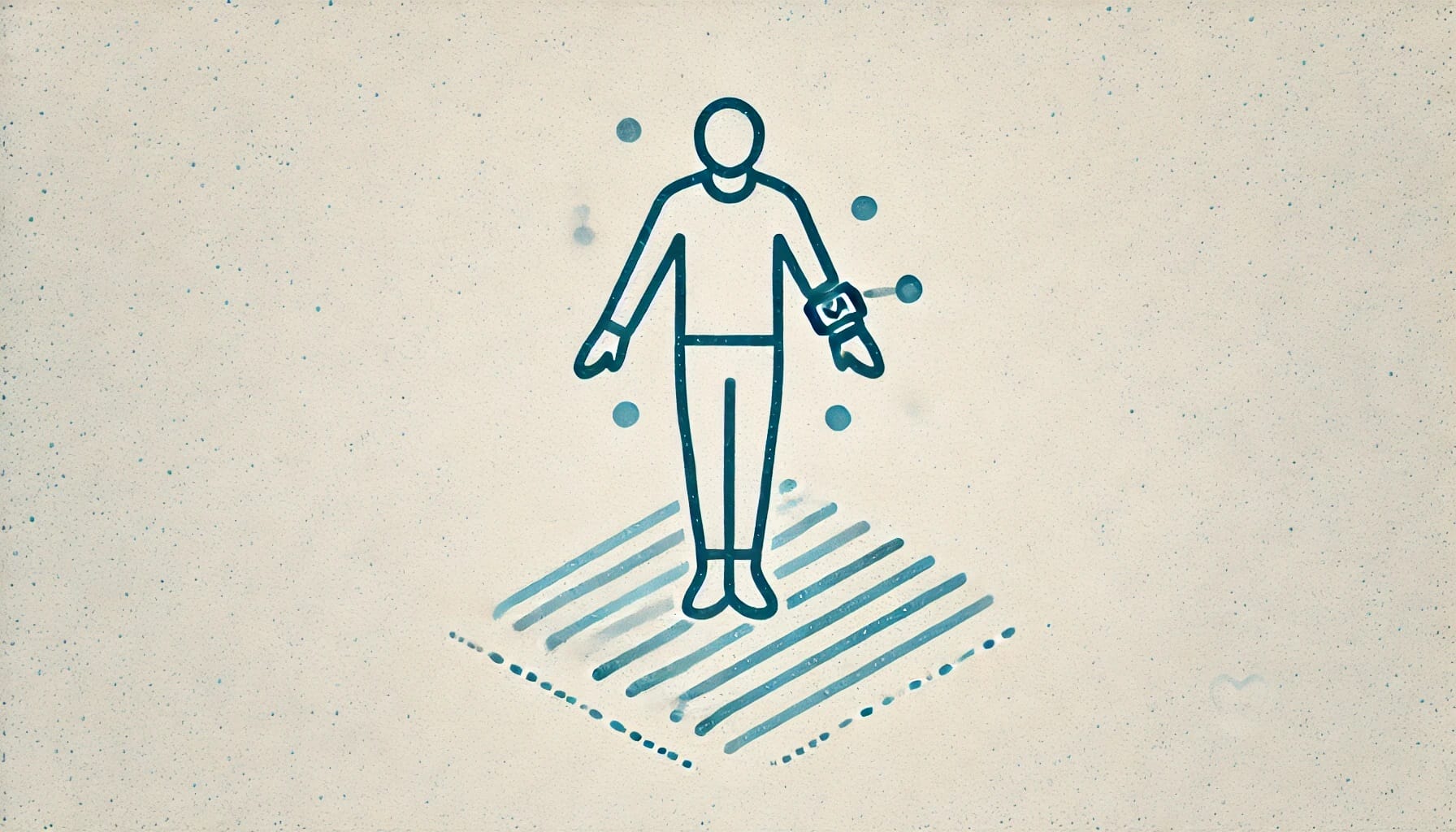
7. Challenges and Considerations
While wearable technology offers significant promise in fall prevention, there are several challenges and considerations that need to be addressed to maximize its potential. Understanding these challenges can help stakeholders develop strategies to overcome them and improve the adoption and effectiveness of wearable devices.
Data Privacy and Security:
- Protecting Personal Information: As wearable devices collect sensitive health data, ensuring privacy and security is paramount. Robust data protection measures, including encryption and compliance with regulations like GDPR and HIPAA, are essential to maintain user trust and safeguard personal information.
- User Control Over Data: Users should have control over who can access their data and how it is used. Clear and transparent data policies can help users feel more comfortable and confident in using wearable technology.
User Adoption:
- Barriers to Acceptance: Many elderly individuals may be hesitant to adopt new technologies due to concerns about usability, discomfort, or cost. To overcome these barriers, wearable devices should be designed with user-friendly interfaces, comfortable form factors, and affordability in mind.
- Education and Support: Providing education and support to users and caregivers is critical for successful adoption. This can include tutorials on how to use the devices, ongoing technical support, and resources to help users interpret and act on the data provided by the wearables.
Accuracy and Reliability:
- Ensuring Data Quality: The effectiveness of wearable technology in fall prevention depends on the accuracy and reliability of the data collected. Continuous validation and refinement of the algorithms that drive these devices are necessary to minimize false positives and negatives in fall detection.
- Handling False Alarms: False alarms can be a significant issue, leading to unnecessary anxiety or disruptions. Developers of wearable devices must strive to balance sensitivity and specificity to provide accurate alerts that users can trust.
By addressing these challenges, the full potential of wearable technology in fall prevention can be realized, making it a cornerstone of effective and personalized care for at-risk populations.
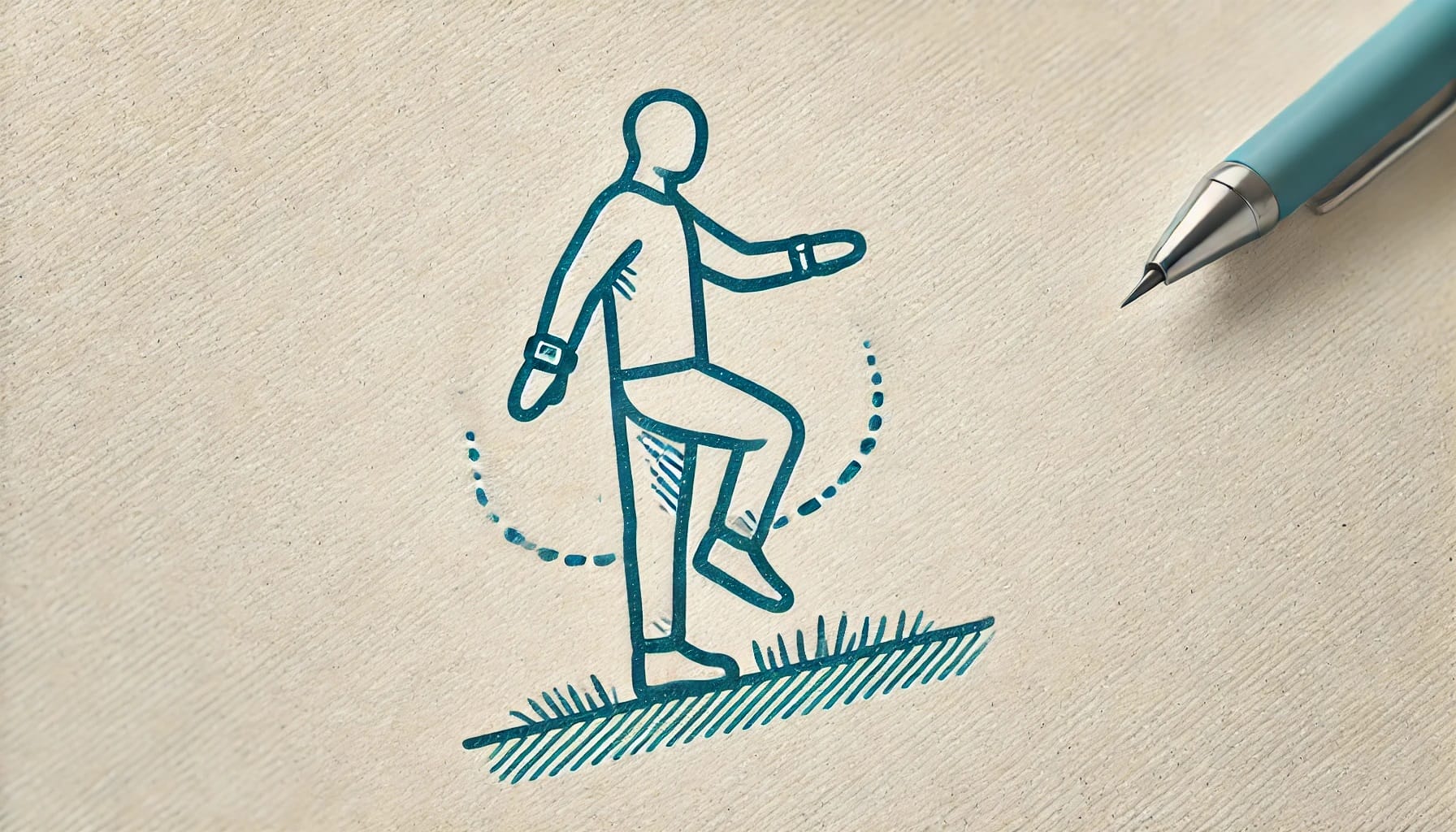
8. Future Directions in Wearable Fall Prevention Technology
As technology continues to advance, the capabilities of wearable devices in fall prevention are expected to expand even further. Future innovations will likely focus on enhancing the personalization, integration, and predictive power of these technologies.
Advancements in AI and Machine Learning:
- Smarter Predictive Models: Future AI models are expected to become even more sophisticated, integrating broader datasets that include environmental factors, user behaviors, and health changes. These enhanced models could provide earlier and more accurate predictions of fall risks, allowing for more proactive interventions.
- Continuous Learning: AI algorithms that continuously learn and adapt from individual user data will become increasingly common. This will allow wearable devices to offer dynamic recommendations that evolve with the user’s changing health status and activity levels.
Integration with Other Technologies:
- Smart Home Systems: The integration of wearable devices with smart home technology offers a promising future direction. For example, gait data could be used to automatically adjust lighting, activate handrails, or provide voice prompts that guide the user through safer pathways in their home.
- Internet of Things (IoT): Wearables connected to a broader IoT ecosystem could enhance fall prevention by coordinating with other health monitoring devices, such as blood pressure monitors or medication reminders, to provide a holistic view of the user’s health.
Greater Personalization:
- Tailored Feedback and Interventions: Future wearables will likely provide even more personalized feedback, using advanced data analytics to deliver recommendations that are finely tuned to the individual’s specific needs and lifestyle. This could include customized exercise plans, dietary advice, or tips on managing chronic conditions that impact mobility.
- User-Centric Design: As the market for wearable devices grows, there will be a greater emphasis on designing products that cater to the diverse needs of users, from those with mobility impairments to active older adults who wish to maintain their independence.
The future of wearable technology in fall prevention is bright, with ongoing advancements poised to make these tools even more effective and accessible. By embracing these innovations, we can look forward to a world where falls are significantly reduced, and older adults can live more safely and independently.
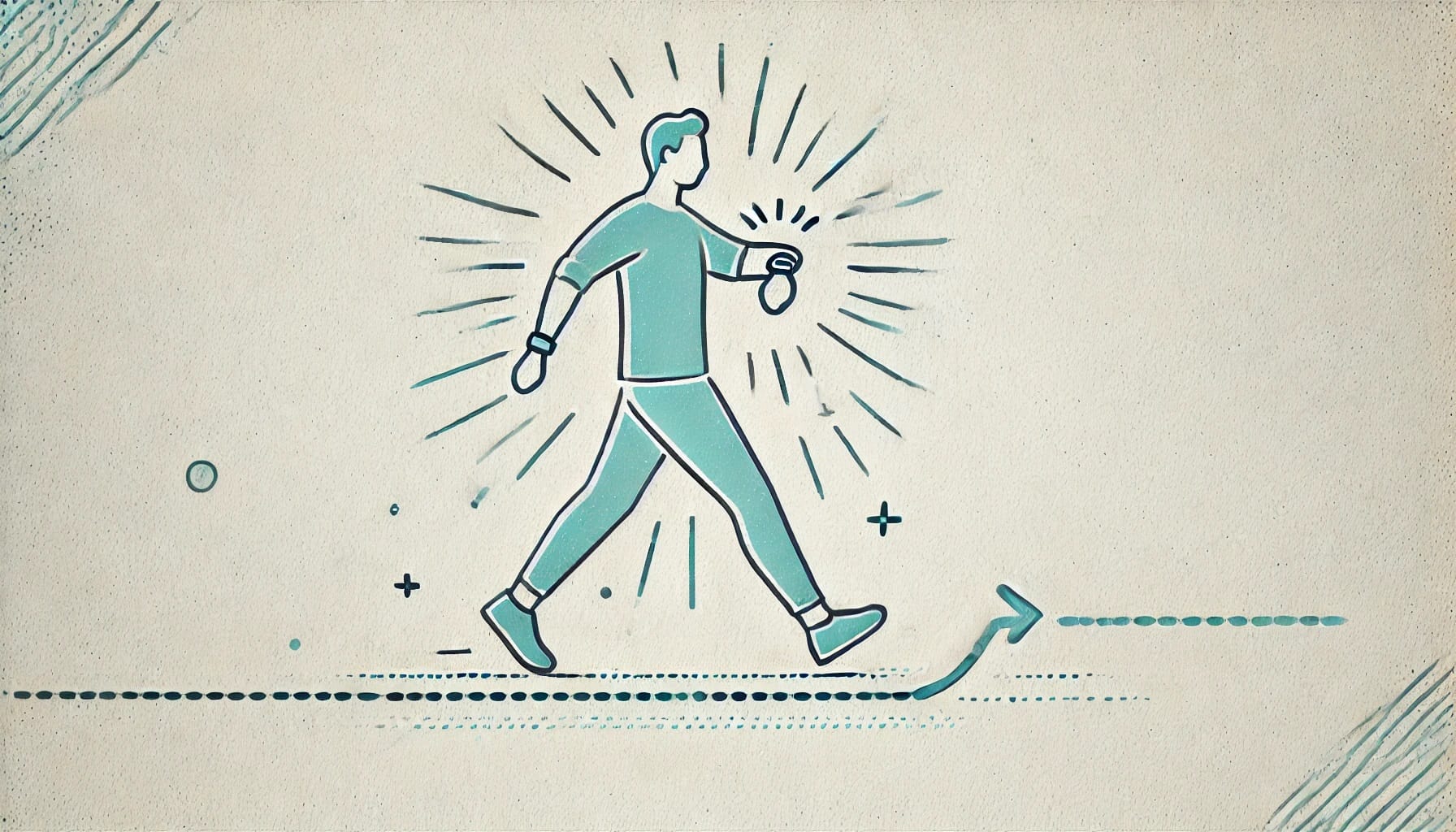
Conclusion
Wearable technology is revolutionizing fall prevention strategies, offering continuous, personalized, and proactive solutions that extend beyond the capabilities of traditional methods. By leveraging the power of sensors and AI, these devices provide critical insights into gait, balance, and movement patterns, allowing for timely and targeted interventions that can significantly reduce fall risks.
As the technology continues to evolve, the potential for wearable devices to enhance safety, independence, and quality of life for at-risk populations will only grow, making them an essential component of modern fall prevention efforts.
Highlighting Fibion SENS: A Key Player in Fall Prevention
For those seeking a versatile and user-friendly tool for gait analysis, Fibion SENS offers an excellent solution. Designed to monitor acceleration long-term, Fibion SENS can be easily integrated into daily life to provide continuous gait analysis with minimal disruption.
- Long-Term Monitoring: Fibion SENS is equipped for extended use, capturing detailed movement data over long periods to identify trends and deviations in gait that could signal fall risk.
- Flexible Placement: Whether worn on the thigh, hip, or other suitable locations, Fibion SENS adapts to the needs of each user, providing accurate and relevant data for personalized fall prevention strategies.
- Real-World Application: Unlike traditional lab-based assessments, Fibion SENS excels in real-world settings, offering valuable insights into how gait varies throughout daily activities.
By incorporating Fibion SENS into your fall prevention approach, you can leverage advanced technology to gain a deeper understanding of gait dynamics and proactively address fall risks in the most effective way possible.
Call to Action
📅 If you want to learn more about Fibion’s SENS, do not hesitate to book a video call with our expert Dr. Miriam Cabrita.

🔍 Order Fibion SENS Motion 3 Devices Test Package to get first-hand experience of the system. Order now for hands-on experience and comprehensive insights.
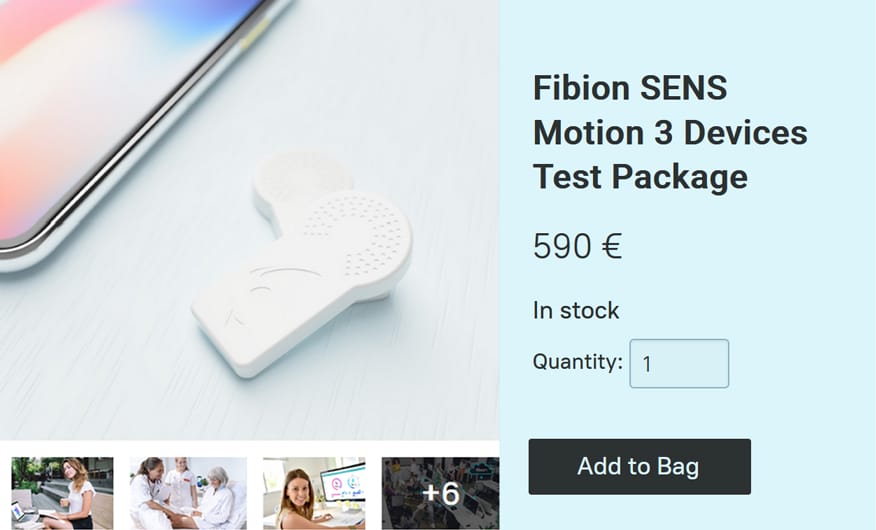
🔍 You may also discover other valid and reliable products in our portfolio, such as the Fibion Research, Fibion Sleep, Fibion Emfit, and Fibion Circadian, all designed to assist in research measuring physical activity, sedentary behavior, and sleep.
Frequently asked questions about this topic:
How does wearable technology help prevent falls in the elderly? +
Wearable technology monitors movement patterns in real-time, detecting abnormalities in gait and balance that may increase fall risk. This allows for immediate interventions, such as alerts or personalized recommendations, to prevent falls.
What types of wearable devices are used in fall prevention? +
Common devices include accelerometers, gyroscopes, smart insoles, and chest-worn sensors. Each type monitors different aspects of movement and balance, providing comprehensive insights into an individual’s fall risk.
What are the benefits of using wearable technology for fall prevention? +
Wearable devices offer continuous monitoring, personalized fall risk assessments, and real-time alerts. They empower users to take proactive steps in managing their health and maintaining independence, significantly reducing the risk of falls.
How accurate are wearable devices in detecting fall risks? +
The accuracy of wearable devices depends on the quality of sensors and algorithms used. Continuous advancements in AI and machine learning are improving the precision of these devices, though ongoing validation is essential to maintain reliability.
What challenges exist with the use of wearable technology for fall prevention? +
Challenges include data privacy concerns, user adoption barriers, and ensuring the accuracy of fall detection. Addressing these challenges involves improving device usability, offering education, and adhering to data protection regulations.
How is wearable technology integrated into different care settings? +
Wearable technology is used in home settings for independent living, assisted living facilities for enhanced resident safety, and clinical environments for monitoring rehabilitation progress. Its versatility allows for tailored fall prevention strategies across various care settings.










